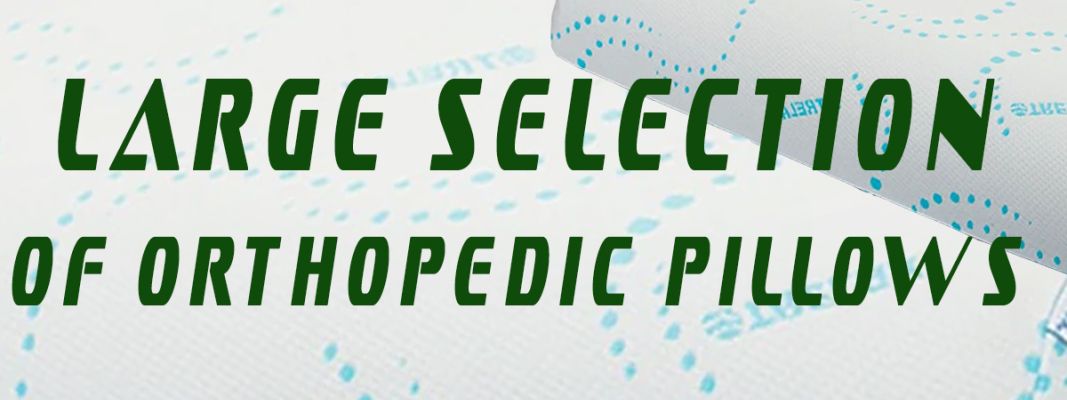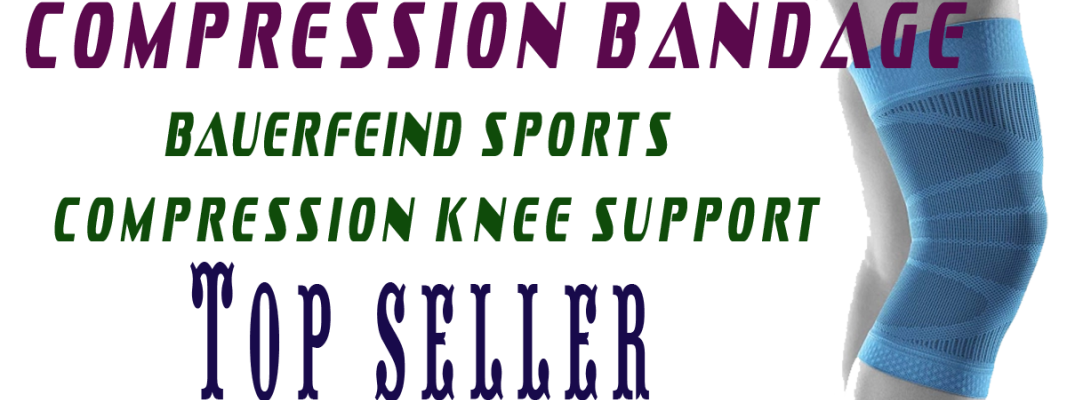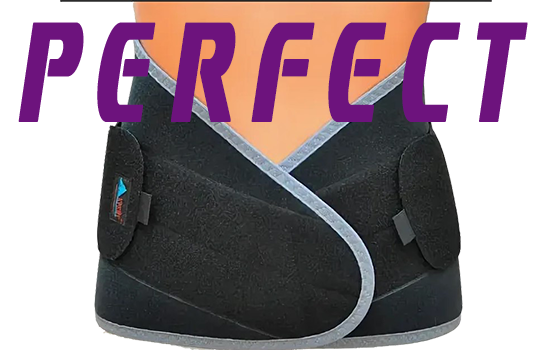Everyone knows that exercise (especially outdoors) is great for strengthening the joints. And with the arrival of good weather, it's a crime not to take advantage of it!
So, here are the best summer activities that strengthen the knee joints.
Swimming
Swimming is probably the most pleasant summer activity. It is not traumatic, tones leg muscles without overloading them, and, as a consequence, strengthens the knee joints. And, of course, saves you from the heat.
Swimming on the back, butterfly and free style are very useful for the health of the knees. They activate the work of the quadriceps, hamstrings, glutes and calves - all these muscles play an important role in the mobility and strength of the knee joint.
The breaststroke, in turn, puts stress on the glutes and quadriceps to perform powerful "frog" kicks with the legs. Despite the fact that it is a low-traumatic exercise, if the technique is not correct, it poses a great risk of injury to the ligaments of the knee joint. It is therefore very important to practice good breaststroke technique.
Walking
Walking cross-country and forest trails is a great way to spend a summer day in a healthy way. According to thousands of health experts, walking is one of the best sports for improving overall health and joint health. First, it strengthens and tones the muscles responsible for knee movement. And secondly, walking is very effective in terms of supplying nutrients to the cartilage of the knee. Our cartilage is avascular - it has no blood vessels, so it gets its nutrients from joint fluid, not blood. During walking, knee cartilage periodically compresses, "pumping" fluid into and out of the joint.
For this reason, walking minimizes the risk of developing arthritis. And for those already suffering from the disease, it can reduce the rate of cartilage degeneration.
Riding a bicycle
Similar to walking and swimming, cycling promotes joint movement without undue stress. It also involves the quadriceps and hamstrings, which play a key role in the movement and strength of the knee joint.
But keep in mind: if you're going to get serious about cycling this summer, you need to combine it with exercises that work the other leg muscles. So be sure to do squats, leg extensions and calf raises.
Don't forget also that the bike should be well matched to your height so that your knees fit properly with the rest of your body. A bicycle seat that is too low or too high can cause unnecessary strain on the knee joint and even lead to knee pain.





























